Physicists and chemists join forces to develop quantum simulators of the future
Can chemists and physicists together create tools for a quantum computer that can artificially simulate the mechanics of the tiniest building blocks of the universe? And can this quantum device accelerate the understanding of biochemical processes and, eventually, lead to the development of new medicine? A new ambitious collaboration at Copenhagen University is laying the groundwork for future breakthroughs.
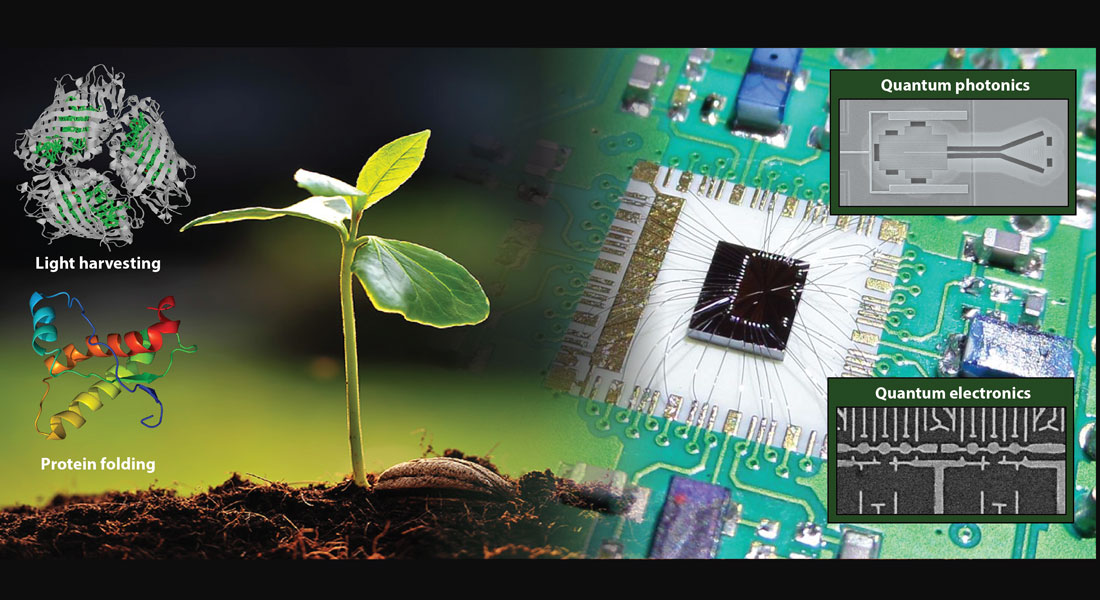
Two Centers of Excellence, the Center for Hybrid Quantum Networks and the Center for Quantum Devices at the Niels Bohr Institute recently received a large grant from the Novo Nordisk Foundation’s Challenge Program to collaborate on developing the hardware for specialized quantum computers.
The new collaboration ‘Solid-state quantum simulators for biochemistry’ (SolidQ) brings together researchers from both the Center for Hybrid Quantum Networks (Hy-Q), the Center for Quantum Devices (QDev) and the Department of Chemistry, and focuses on the development of quantum simulators. The researchers at Hy-Q and QDev will explore two different types of quantum simulation hardware. Hy-Q focuses on simulation based on light particles, so-called photons, whereas researchers at QDev utilize networks of quantum dots, which display discrete electronic states similar to quantum states of atoms and molecules.
Unique for SolidQ is not only the collaboration between different fields of physics, namely quantum electronics and photonics, but also the close involvement of chemists. Both centers work with Professor Gemma C. Solomon and her team at the Department of Chemistry. As Associate Professor Mark Rudner explains: “Having chemical expertise in the group helps us understand what we are actually learning about the natural world by studying the artificial world – where we have more control.”
While both platforms have a lot of potential on their own, SolidQ will also explore opportunities at the intersection between the two hardware platforms. The long-term ambition of the project is to merge the two platforms to significantly broaden the range of chemical problems that the quantum simulation hardware can address, and thereby deepen our understanding of the natural world.
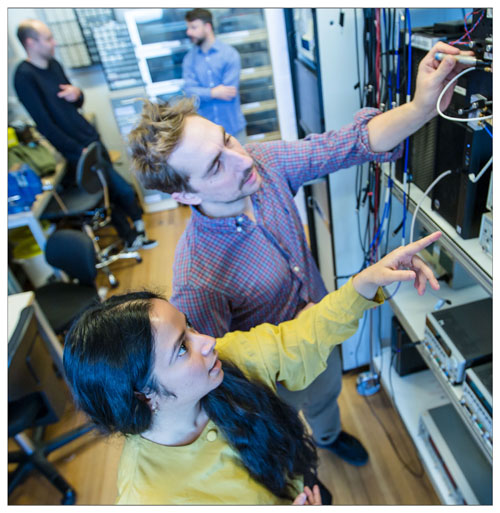
From textbook toy models to tackling real-world problems
The SolidQ collaboration marks an exciting step in an evolving field. Professor in Condensed Matter Physics Jesper Nygård explains how they are moving from simplified physics and textbook models to something that is more realistic and useful when it comes to building simulators. “For more than 20 years, we have been working on developing the most idealized, simplest artificial atoms of quantum dots in the lab to be able to understand quantum physics. Now, we are reaching a phase where we can start putting the atoms together and form molecules including vibrations and interactions.”
All of this is possible because the physics building blocks are sufficiently mature now, explains Professor Peter Lodahl. “It’s truly exciting that we can now start building our hardware towards tackling real-world problems,” he adds. One of the real-world problems that SolidQ aims to tackle is our understanding of protein-folding problems in the context of drug discovery. At the Hy-Q side of the project, Peter Lodahl, Anders Søndberg Sørensen and their groups will be developing a specialized quantum simulator that simulates a protein folding process. With that, they will work towards a tool that can give insight into how this folding process actually works.
For their colleagues at QDev, the focus lies on understanding energy-harvesting complexes, which are groups of molecules that transfer light energy. By building networks of artificial atoms, they will study artificial electronic reactions in the lab at conditions and temperatures that are most convenient. “At low temperature, chemical reactions slow down dramatically, making it possible for us to study them in great detail while systematically changing relevant reaction parameters”, according to Associate Professor Ferdinand Kuemmeth from QDev.
For Ferdinand Kuemmeth and the team at QDev, the question is to which extent you can perform artificial chemistry if you put multiple atoms together and how this could give insights into real-world reaction dynamics. One of the tricky parts about working with many atoms, i.e. scaling up the simulation hardware to larger systems, is to ensure that all artificial atoms are of such high quality and uniformity that they do not require much individual tuning to resemble and emulate natural atoms. SolidQ’s material research will explore ways of fabricating nearly identical quantum dots that, during quantum simulation inside a low-temperature apparatus, can further be fine-tuned by application of control voltages.
Look at what is possible here and now
For some, replacing classical computers with specialized quantum computers still sounds like something from a distant future. But, as professor Gemma C. Solomon puts it: why not look into what we can do now? “The game is to zoom in to a small part of a complex problem and look at what is possible with the hardware that can be developed right here and now,” she says. “The project is an opportunity to explore how quickly it will be possible to demonstrate the advantage of quantum technology.”
Regardless of the outcome of this exploration, the diversity of scientific backgrounds within SolidQ proves to be an inspiring process from the very beginning. “To be forced to explain things to each other challenges us to look further than our own field of expertise,” says Gemma C. Solomon.
The SolidQ team consists of researchers from the Center for Quantum Devices, the Center for Hybrid Quantum Networks (Hy-Q) and the Department of Chemistry, Copenhagen University. SolidQ is funded by the Novo Nordisk Foundation’s Challenge Program.
The team behind SolidQ
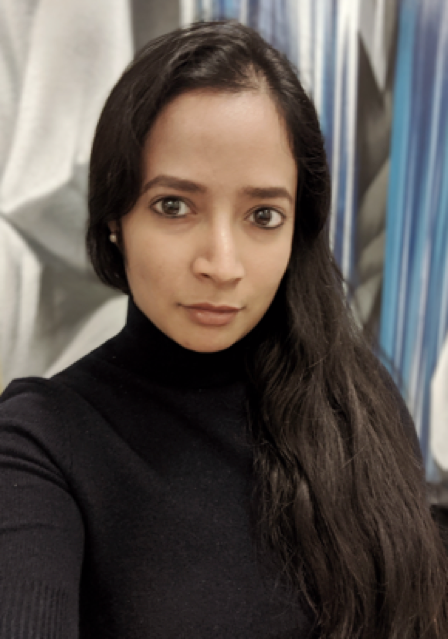 |
Anasua Chatterjee (Assistant Professor, Center for Quantum Devices) |
 |
Ferdinand Kuemmeth (Associate Professor, Center for Quantum Devices) |
 |
Brian Møller Andersen (Associate Professor, NBI) |
 |
Mark Rudner (Associate Professor, Center for Quantum Devices) “This project is an exciting opportunity to explore how emerging quantum technological devices can open new windows into the intriguing physics of quantum reaction dynamics and energy transport, with an outlook toward tackling some of the most significant challenges facing society today.” |
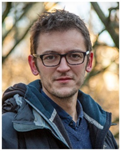 |
Thomas Sand Jespersen (Associate Professor, Center for Quantum Devices) “Dissipation and transport of energy in complex molecules is important for many biological systems and with this project we get an exciting opportunity to deepen our understanding of these processes by performing simulations in small engineered quantum systems” |
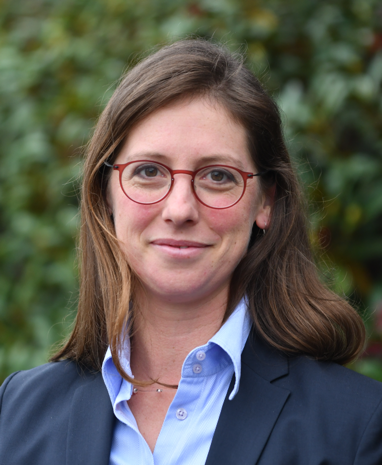 |
Gemma C. Solomon (Professor, Nano-Science Center and Department of Chemistry) “Computational chemistry transformed our understanding of molecular systems in the twentieth century, with this project we explore how quantum simulators can deliver chemical insight for the twenty-first.” |
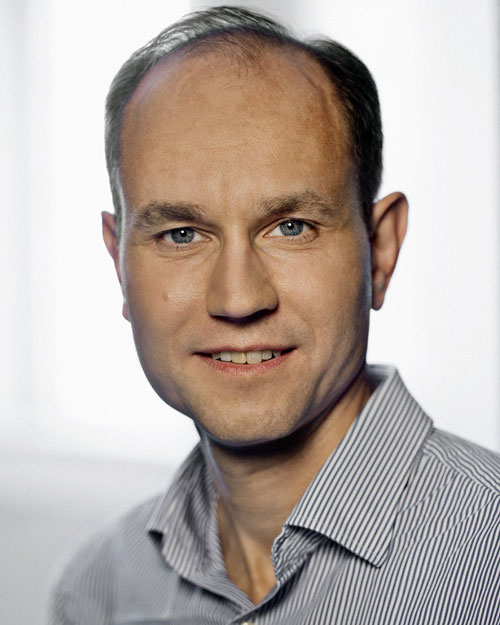 |
Jesper Nygård (Professor, Center for Quantum Devices) “With Solid-Q we challenge ourselves to bring our highly refined quantum devices into the context of chemical reactions and biochemistry. We greatly appreciate that the Novo Nordisk Foundation has given us the opportunity to explore this new direction.“ |
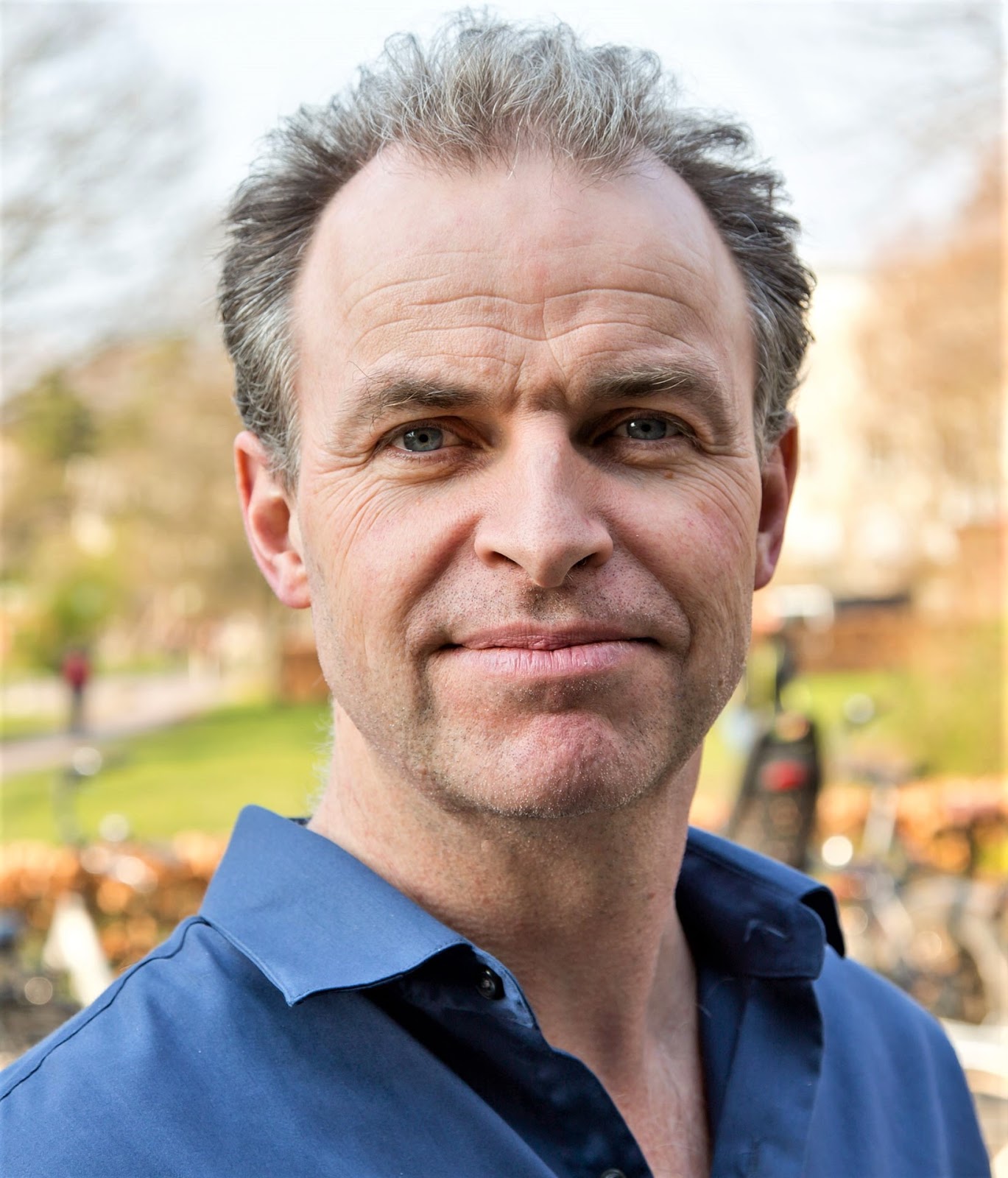 |
Jens Paaske (Associate Professor, Center for Quantum Devices) “Adding artificial vibrational modes to quantum dot arrays will allow us to emulate real molecules alongside with some of their chemical functionality. If this works out, these solid state simulators provide a powerful tool for prediction and understanding complex non-linear quantum systems.” |
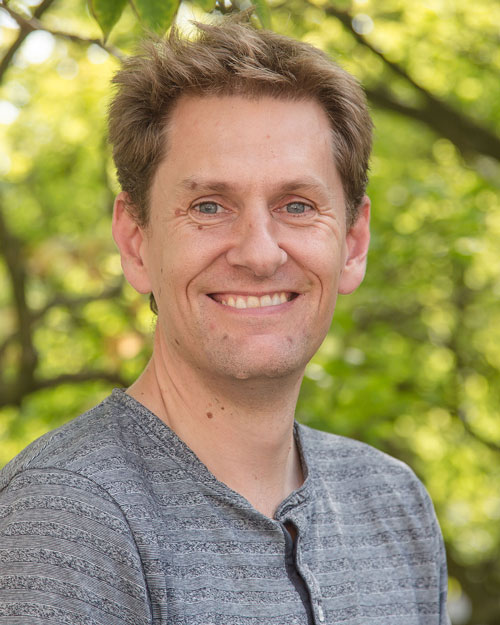 |
Anders S. Sørensen (Professor, Center for Hybrid Quantum Networks) “With quantum simulators we have the possibility of a major breakthrough in our ability to simulate quantum dynamics. With Solid-Q we want to turn this dream into reality.” |
 |
Peter Lodahl (Professor, Center for Hybrid Quantum Networks) “Photonics offers exciting prospects of scaling up available quantum hardware to realize quantum simulators. Within Solid-Q we will follow that pathway based on our newly developed deterministic single-photon and multi-photon-entanglement source” |
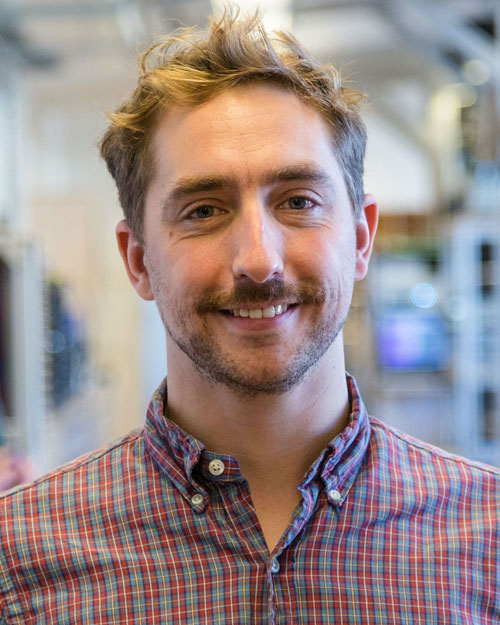 |
Jacques Carolan(Marie Skłodowska-Curie Global Fellow, Center for Hybrid Quantum Networks) “Solid-Q will enable us to simulate critical biochemical processes across a range of energy scales; an overwhelming challenge for conventional computers.” |
Contact
Ferdinand Kuemmeth, Associate Professor
Email: kuemmeth@nbi.ku.dk
Phone: +45 21 16 26 57
Mobile: +45 21 16 26 57
Jesper Nygård, Professor
Email: nygard@nbi.ku.dk
Phone: +45 35 33 26 33
Mobile: +45 24 62 61 20
